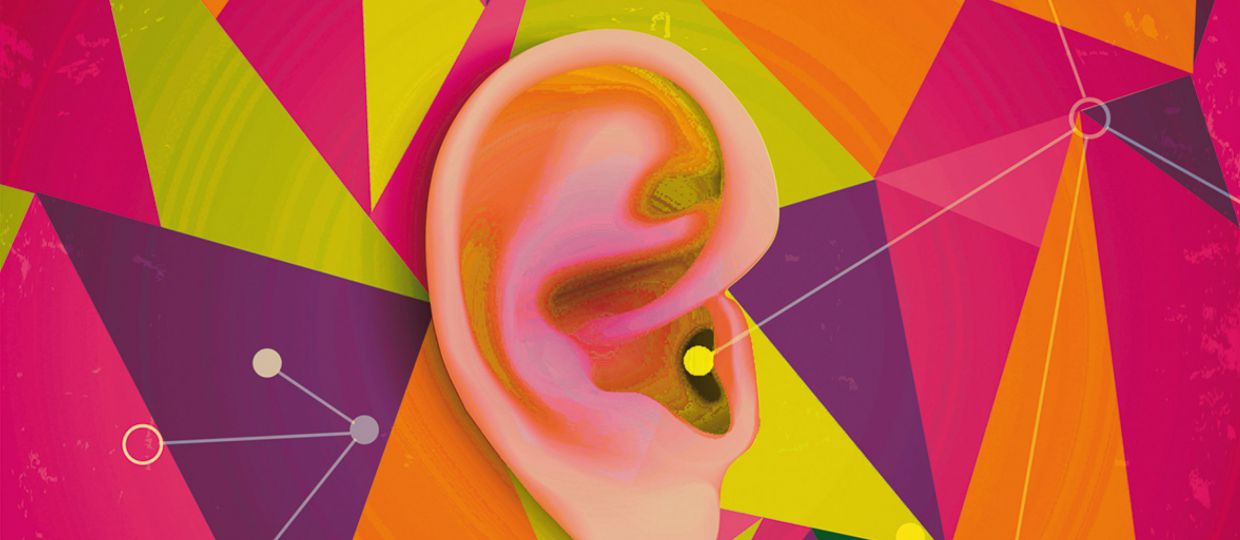In the run-up to the 30th International Summer Academy of the mdw, the present year will also see the Semmering region host the eighth edition of isaScience. This conference invites researchers, arts professionals, and activists of all academic levels and from various academic disciplines relevant to music and the performing arts in general to join in the discourse on “Heroes?!”, this year’s thematic emphasis at isa. Due to the worldwide Covid-19 crisis, however, whether and in what alternative form it might still be possible to hold the conference in August 2020 was not yet clear as of this publication’s editorial deadline. Up-to-date information will be posted on the conference website.
The interdisciplinary conference isaScience, organised based on an international call for papers, will be dealing this year with critical perspectives its chosen theme of “Heroes, Canons, Cults”. Across all musical styles and in various cultural spheres, heroes, cults, and canons contribute to the creation of normative, exclusionary, and even violent settings while also dictating what people’s ears and eyes should deem appropriate and valuable. Heroisation, cultification, and canonisation likewise determine what remains unheard and unseen or is even disparaged as unworthy or inferior.
Such processes have their origins far back in time and are closely associated with the development of Western art music and the celebration of certain composers as “great artists” along with the consecration of their works as “masterpieces”. These practices, employed for the production of artistic values, are informed by the ideology of the autonomous artist and the increasing museification of the concert repertoire since the 19th century. These practices furthermore supported the formation of a strictly defined boundary between “highbrow” and “lowbrow” cultural forms, with “high culture” becoming the standard by which popular and traditional musical forms have been evaluated. These developments were closely linked to Eurocentric, imperialist, and elitist institutions such as opera houses, concert houses, and conservatories of music, which supported classed, gendered, and racialised forms of producing, performing, consuming, and appropriating music.
By now, the Internet and social media have come to play a central role in the definition of fame, the creation of heroes, and processes of canonisation in various genres—including those belonging to popular, classical, and traditional music. What’s more, the development of electrical recording techniques has long since given rise to such things as the availability of traditional pieces of music in local languages and dialects and thus also colonial ethnographies of indigenous musics. Conversely, this technological innovation also gave colonialised populations the ability to define their own musical canons and reinforce a sense of identity that was a prerequisite for taking anticolonial action. More recently, Internet technologies have seen increasing use for the purpose of documenting and disseminating alternative music histories while also challenging the mainstream musical canon that has traditionally marginalised people of colour, non-Western performers, female musicians, and queer individuals.
At the same time, however, it is the mainstream musical canon that provides the raw material for the commercial, profit-oriented music industry, while the tourism industry draws upon nostalgia and memories of musical heroes, traditions, and canons in order to brand and market cities or even entire nation-states such as Austria. This kind of nostalgic commemoration can frequently also lead to the sort of fandom that might culminate in religious and spiritual ascriptions and cults around music and musical heroes, with some fans becoming strongly engaged in brand communities. Furthermore, such commemorative policies also manifest themselves as monuments, archives, and festivals that uphold and reinforce canons at the expense of innovation and diversity. In this respect, the canonical use of traditional musics as normative and normalising representations of regional and national culture (as can be clearly seen in UNESCO’s intangible cultural heritage lists, for example) obscures the presence of other cultural forms of expression, in particular those of marginalised groups.
Academic and artistic research on musical heroes and canons has in many ways reinforced dominant structures and perceptions of music—such as the image of the white male composer or the representation of certain musics as parts of the worldwide cultural canon—that are often deeply rooted in colonial imaginings and corresponding ethnographies. Feminist critiques of “founding fathers” along with their adherents and successors as well as studies on how and why women “get lost” in canonisation processes have given rise to important discourses in the current scholarly debate. The heroisation of (predominantly white, cisgender, male) academics corresponds with the processes of canonisation that they themselves initiated. And in the ethnographic disciplines, fieldwork’s mystical aura as a heroic quest and an act of courageous endurance that promises the highest accolades has contributed to the deification of the ethnographer as the saviour of the respective culture.
At this year’s isaScience, all of these topics are to be dealt with and discussed critically with a particular focus on postcolonial, feminist, queer, and/or class-sensitive analyses. We thus now look forward to lectures and discussion contributions from all disciplines, using all methodologies, and on all types of music and dance including examples from the spheres of film and theatre.
Heroes, Cults, Canons. Critical Inquiries
Planned conference dates: 12–16 August 2020
Keynotes by Mina Yang (USA), Esteban Buch (France), Milena Dragićević Šešić (Serbia; invited), Denise Gill (USA; invited)
Organisers: Dagmar Abfalter, Marko Kölbl, Rosa Reitsamer, and Fritz Trümpi
Coordination: Karoline Feyertag and Slavomíra Martišková


